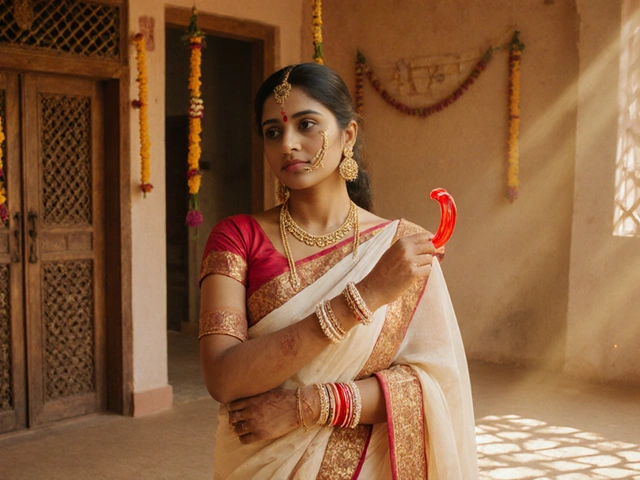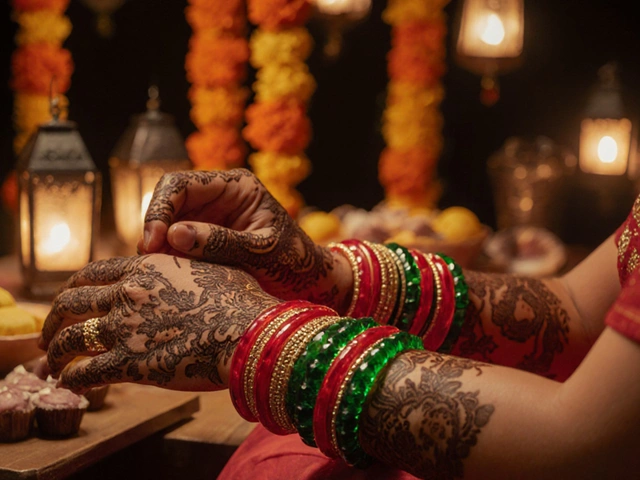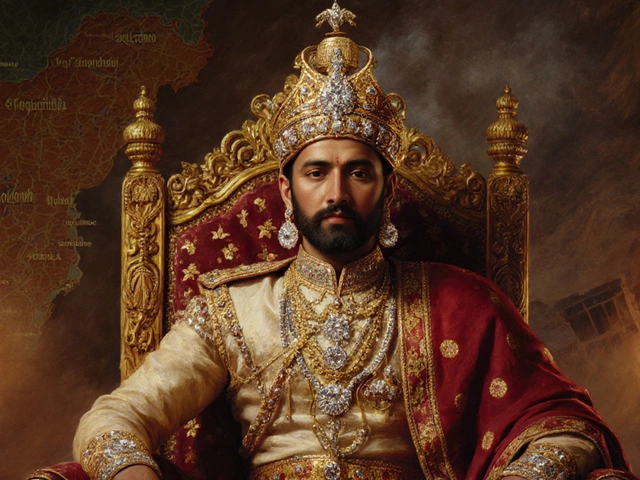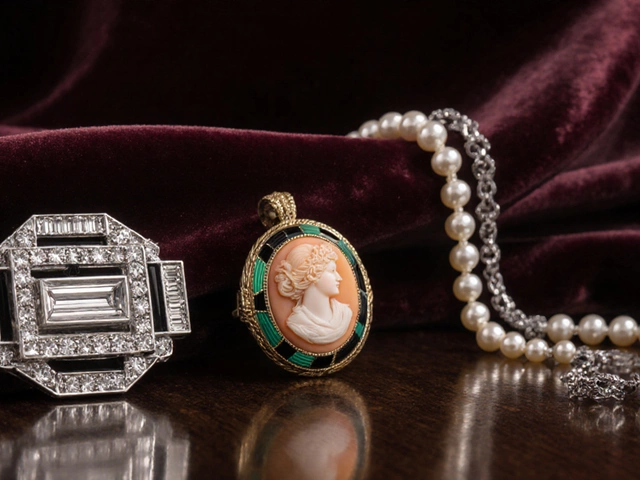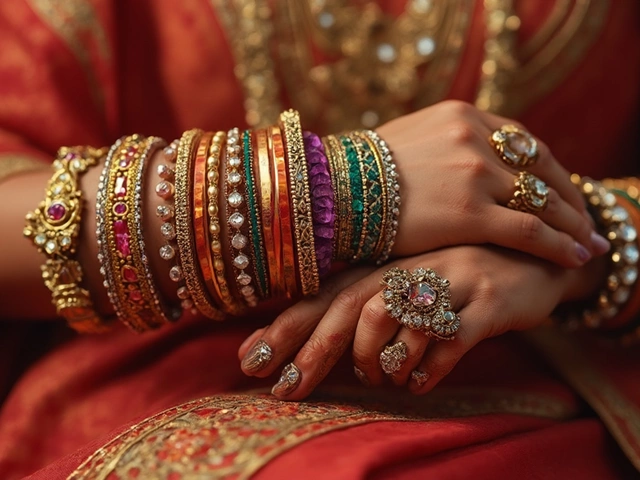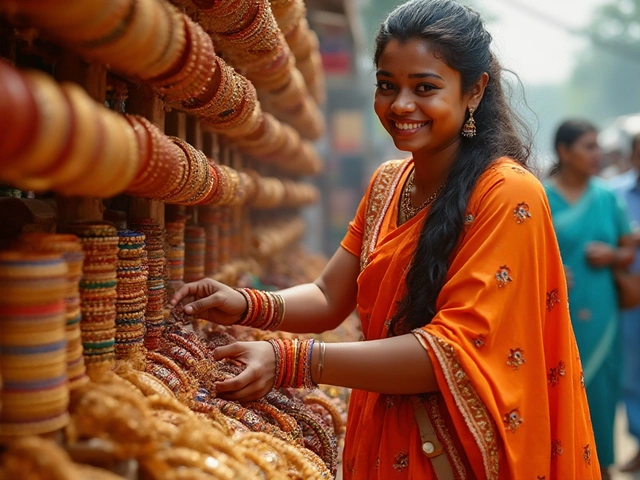Tradition: Exploring Indian Cultural Practices and Jewellery
When talking about Tradition, the set of customs, rituals, and values handed down through generations across India. Also known as cultural heritage, it influences everything from daily dress to festive celebrations. Tradition isn’t just a word; it’s a living framework that connects past and present. It intertwines closely with traditional jewellery, ornaments like bangles, necklaces, and waist chains that signal status, belief, and style. The same thread also runs through wedding rituals, ceremonies such as the mangalsutra exchange, choora wearing, and the gifting of kamarband that mark a couple’s new life together. Together, these elements show how tradition shapes personal identity and community cohesion.
Key Themes in Indian Tradition
One major pillar of tradition is the role of bangles, colorful wrist ornaments that vary by region, marital status, and occasion. In many households, the number of bangles a married woman wears carries symbolic meaning, while an unmarried woman’s choice of red bangles sparks lively debate about modern versus classic customs. Another cornerstone is the kamarband, the waist chain that blends health beliefs, temple jewellery heritage, and contemporary fashion twists. Both bangles and kamarband illustrate how tradition encompasses fashion, spirituality, and even health concepts. Moreover, the practice of gifting and wearing a mangalsutra, the sacred necklace that signifies marital commitment and family blessings demonstrates how tradition requires cultural knowledge to honor its nuances while allowing personal interpretation.
Understanding tradition also means recognizing its fluid nature. While ancient texts prescribe specific dress codes for tourists or particular colors for gold jewellery, modern Indians often blend these rules with global trends—think of a traditional saree paired with a minimalist silver pendant. This adaptive quality shows that tradition influences daily style choices, yet it also welcomes new ideas, making the cultural landscape vibrant and ever‑evolving. As you explore the articles below, you’ll see how tradition shapes everything from the cheapest places to buy diamonds to the symbolism behind breaking bangles, providing a comprehensive view of Indian customs in both historic and contemporary contexts.
Below, you’ll find a curated collection of posts that dive deeper into each of these facets—whether you’re curious about wedding ritual timelines, the meaning behind specific jewellery pieces, or practical tips for respecting regional dress norms. Each piece offers actionable insights that connect the timeless threads of Indian tradition with today’s fashion and lifestyle choices.
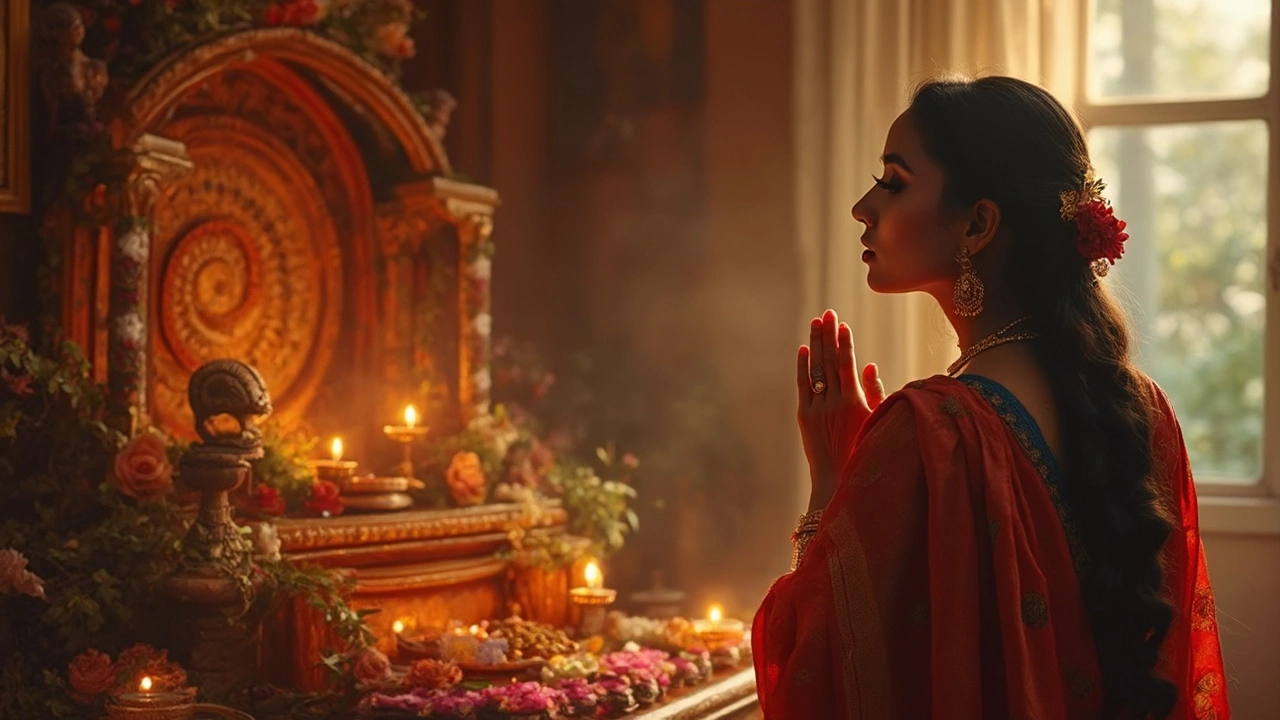
Mangalsutra Designs: Why Shouldn't a Mangalsutra Be Removed?
Ever wondered why so many married women in India never remove their mangalsutra? This article uncovers the real reasons behind this age-old tradition and explores whether it's just about rituals or something deeper. From its powerful religious meaning to its role as a style statement, you'll find out why the mangalsutra is far more than just a necklace. Plus, get practical tips on choosing the right design for your comfort and daily routine. Find out why removing your mangalsutra might not be such a simple decision after all.
read more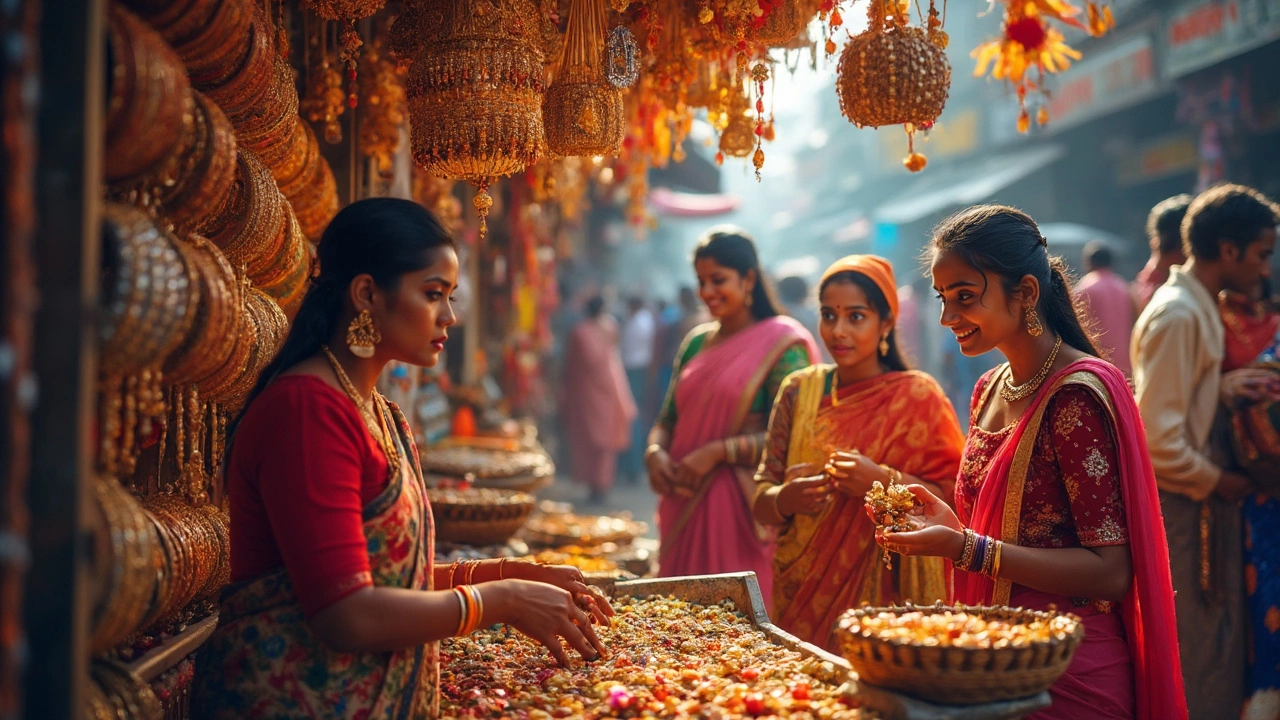
Bangles in India: Their Significance and Charm
Bangles in India are more than just ornaments; they hold deep cultural and symbolic meanings. They play a crucial role in various traditions and rituals across the country, and are associated with health, prosperity, and marital status. This article explores their cultural significance, types, and the lore behind wearing them, including useful tips for choosing the right bangles.
read more